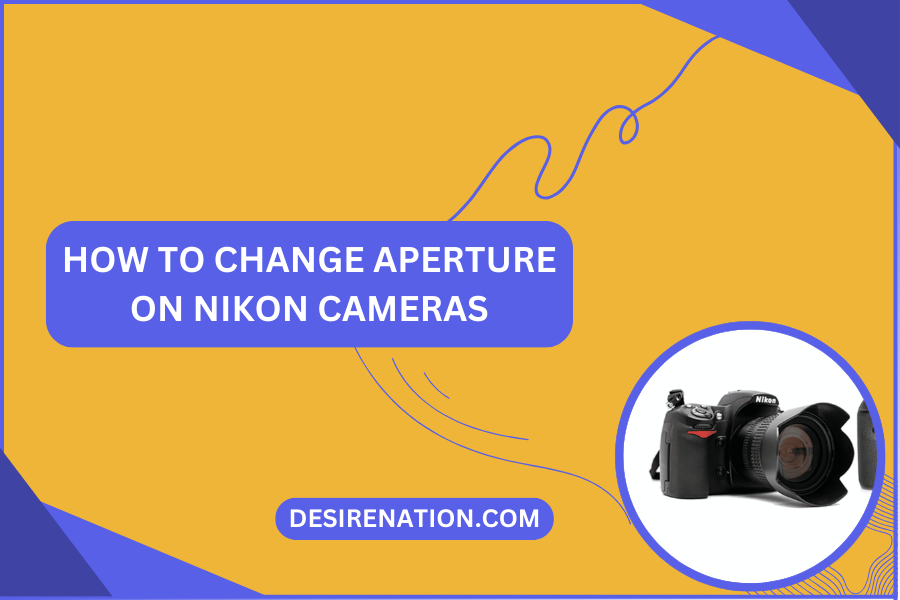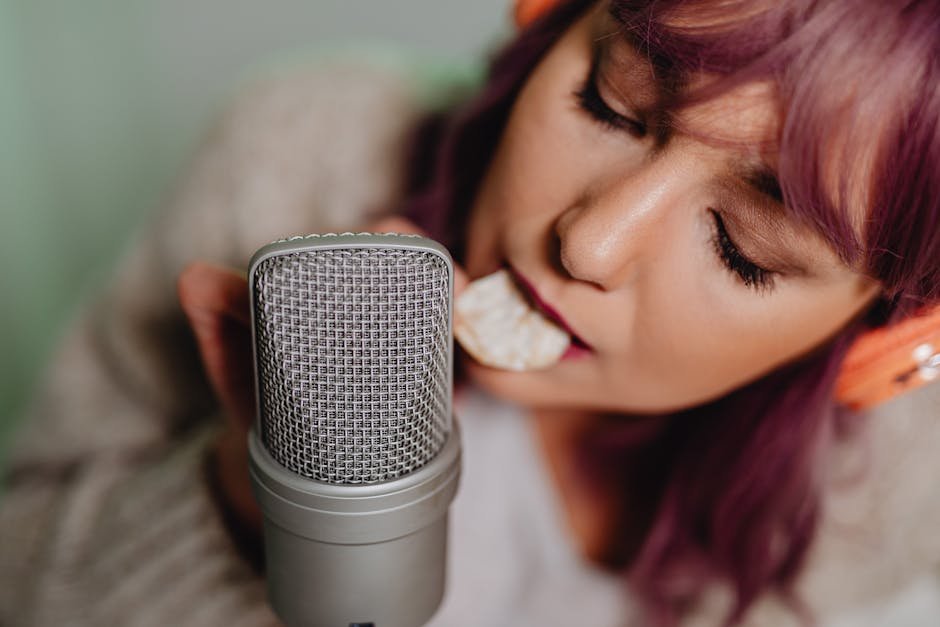Aperture is one of the key elements in photography, influencing both the exposure and depth of field of your images. For Nikon camera users, understanding how to adjust the aperture is essential for gaining more creative control over your photos. Whether you are a beginner or an experienced photographer, this article will guide you through the process of changing the aperture on a Nikon camera, enabling you to capture images just as you envision them.
Understanding Aperture
Aperture refers to the opening in your camera lens through which light passes. It’s measured in f-stops (e.g., f/2.8, f/5.6, f/16). A lower f-stop number means a larger opening, allowing more light into the camera, which is great for low light conditions. It also provides a shallow depth of field, helping to blur the background and focus on the subject. A higher f-stop number means a smaller opening, allowing less light and offering a greater depth of field.
Steps to Change Aperture on Nikon Cameras
-
Choose the Right Mode:
- Aperture Priority Mode (A or Av): In this mode, you select the aperture, and the camera automatically sets the shutter speed. It’s a great way to control depth of field while letting the camera handle exposure.
- Manual Mode (M): This mode gives you full control over both aperture and shutter speed. It’s ideal for experienced photographers who want complete creative control.
-
Adjust the Aperture:
- On most Nikon DSLR cameras, you can change the aperture by rotating the main command dial (usually located on the back of the camera).
- On some models, particularly entry-level DSLRs, you might need to hold down the exposure compensation button (marked with a +/- symbol) while turning the main command dial.
- On Nikon Z series mirrorless cameras, the aperture is typically adjusted using the lens control ring or a command dial on the camera body.
- Check Your Camera’s Display: As you adjust the aperture, you can see the changes on your camera’s LCD screen or through the viewfinder. Some models display the depth of field preview in live view mode.
- Consider the Lighting: Remember that changing the aperture affects the exposure. In Aperture Priority mode, the camera will adjust the shutter speed accordingly, but in Manual mode, you may need to adjust the shutter speed or ISO to maintain the correct exposure.
Tips for Changing Aperture Effectively
- Understand Depth of Field: Experiment with different f-stops to see how they affect the depth of field in your images.
- Lens Limitations: Be aware of the maximum and minimum aperture of your lens. Not all lenses can reach extremely low or high f-stops.
- Use Aperture for Creative Effects: Use a wide aperture (low f-stop) for portraits to get a blurred background, or a narrow aperture (high f-stop) for landscapes to keep everything in focus.
- Check Exposure: Always keep an eye on your camera’s light meter to ensure your photo is not overexposed or underexposed.
Conclusion
Changing the aperture on your Nikon camera is a fundamental skill that allows you to creatively control the look and feel of your photos. Whether you’re shooting portraits, landscapes, or any other style, mastering aperture adjustments can significantly enhance your photography.
You Might Also Like These:












